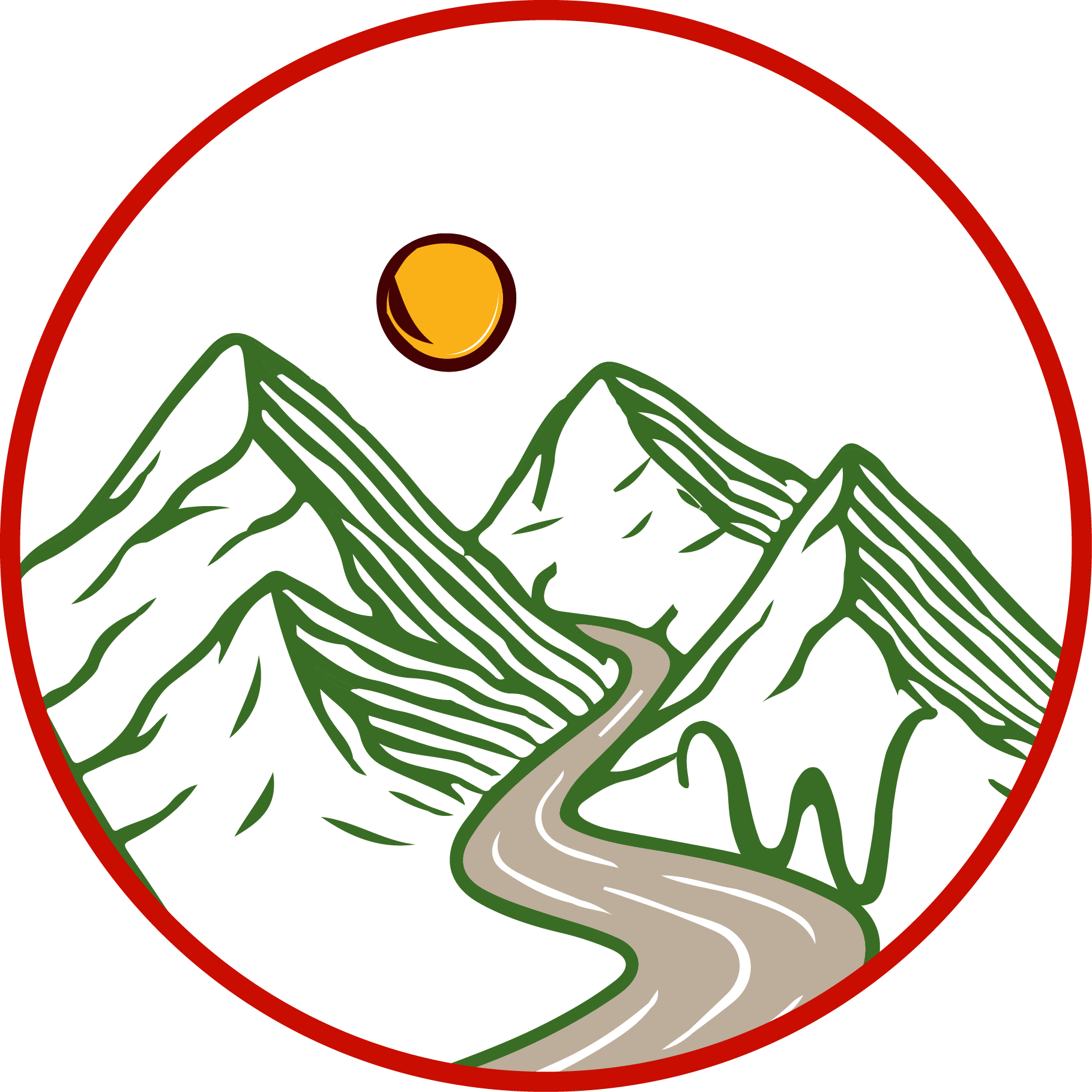Waywords Book Reviews
Quick Takes on My Reading SteveAtWaywords on Storygraph Steve Chisnell on GoodreadsEver since I retired from the public school classroom, I have voraciously been consuming titles new and those I regretted missing. And in keeping with my goals, I want to find the value of the widest range of reading. Here are many, rating them based upon their own purpose or ambition.
“The critic has to educate the public; the artist has to educate the critic.”
–Oscar Wilde
Quoted in Oscar Wilde, Art and Morality: A Defence of “The Picture of Dorian Gray” by Stuart Mason (ed.) (1908)
“Amahl and the Night Visitors” by Gian Carlo Menotti
A fine, family tradition of light opera, here a parable of the Christian Nativity. But, as some have claimed, one of the best librettos in opera? Nonsense.
“Gilead” by Marilynne Robinson
Novel-length monologue by dying minister reflects upon love, family, regrets, faith, and fallibility. At times original and poignant, at times declamations for readers.
“Prince of Cats” by Ronald Wimberly –
Wimberly’s hip-hop Shakespeare is a brilliant mash-up of 1980s slum, Samurai codes, media domination, clever art angles, and the iambic talk of forgotten Bard subplots.
“for colored girls who have considered suicide when the rainbow is enuf” by Ntozake Shange
An amazing intimacy as seven women tell their stories (and those of/for all black women) through poetry, dance, and song. Rich oral storytelling by Shange, but its strength left as a static read on paper is compromised.
“Prometheus Unbound” by Percy Shelley
Shelley’s revision of Aeschylus’s “Prometheus Bound” as one element of his argument for artistic freedom is a massive (but hardly epic) poem, full of un-subtle characterizations and a head-scratching conclusion.
“Never Whistle at Night,” Shane Hawk & Ted van Alst, Jr. eds.
Anthology of discomforting indigenous tales, not all “horror,” but all resonant in contemporary challenges and provocative in re-aligning perception.
“Paradise” by Toni Morrison
The seeming conceit of the novel–Who killed a group of women living just outside of their small town and why?–is answered as Morrison would: by layering relationships and histories atop one another while relating the stories of individual perspectives.
“Following the Brush” by John Elder
Elder’s travelogue from the 1990s is a worthy enough introduction to some of the traditional aspects of Japanese society, though it barely reaches outside tradition nor offers much reflection for the year he spent there with his family.
Early Tolkien Criticism – 5 Books
Early critical reviews and writings on Tolkien range from safe takes on the new fantasy form to vapid praise, and from hyper-focused examinations of the name Bifur to broader post-structuralist analyses. Here’s a few from my shelf and their value today.
“Decline and Fall” by Evelyn Waugh
Absurd and comedic satire on British “appearances” and class with plenty of lowkey digs at other topics along the way. Unfortunately, 100 years later, we are reminded that not all “humor” ages equally well.
“The Mysteries of Udolpho” by Ann Radcliffe
Radcliffe’s pioneering but meandering work is a massive gothic/idyll with a problematic heroine and absurd plot of static characters.
“Secret Windows” by Stephen King
King’s 1980s essays and talks here serve mostly for completists. Some writing tips, some fiction, some analyses of horror, but King offers each of these more amply in other books.
“Heart of a Dog” by Mikhail Bulgakov
While not as fully realized as some of his other works, this novella still packs some creative and absurd punches at the early Soviet Union (and the rest of us) by offering a dog the physical attributes of humans and then poses the political question of who we are.
“Night Bus” by Zuo Ma
Chinese indie comics talent Ma has not produced the slickest and most commercially-designed story for graphic novels. He’s an uncertain artist (who isn’t?) wading into public space to tell his own story, one which will feel familiar to all of us.
“Looking for the Lost” by Alan Booth
While Booth offers more hour-to-hour details and less reflection than I would like, his travelogue of walking rural Japan through its literary and military history is remarkable, memorable, and genuinely enlightening.
“River of Ink” by Paul M. M. Cooper
Cooper’s marvelous and well-researched adventure in translation under tyranny in ancient Sri Lanka is unique, page-turning, and often unexpected.
“The Creatures That Time Forgot” by Ray Bradbury
Bradbury’s novella is philosophy and pulp, silly and lyrical, therefore slipping the thoughtful into the story’s fun.
“Haunted Reels” by David Lawson, Jr. (ed.)
What begins as a fascinating experiment is mostly a subpar effort by otherwise talented people writing in a genre outside their expertise coupled with a “hands-off” editorial role of its publishers.
“Whereas” by Layli Long Soldier
Soldier’s plea “How can I convince you?” has a futility to it after this passage of time, the ignorance of sacrifice, this othering, this falseness of language, this phenomenon of justification.
“An Odyssey” by Daniel Mendelsohm
Mendelsohn’s memoir finds uncanny and revealing parallels between a father auditing his son’s class on Homer and the epic’s father-son relationships.
“Be Recorder” by Carmen Gimenez
Gimenez plies her way through a complex cross-section of marginal identities and works to reconcile not only her internal understandings but those which work upon her. The collection’s title is a call to action for all of us.
“Jerusalem” by Alan Moore
Moore’s monster epic is worth every word and distorted bending of reality, from its angelic jokes to bizarre art shows. How much of history can it digest at once? More than I caught on a first read, for certain.
“Ban en Banlieue” by Bhanu Kapil
Kapil’s mesmerizing and complex work belies its sobering demands upon its readers, meeting the artist’s own internal sacrifices.
“Life Begins on Friday” by Ioana Parvulescu
Settle in for a slower living, a community stumbling and embracing, a whodunnit, and also (kind of) time travel.
























